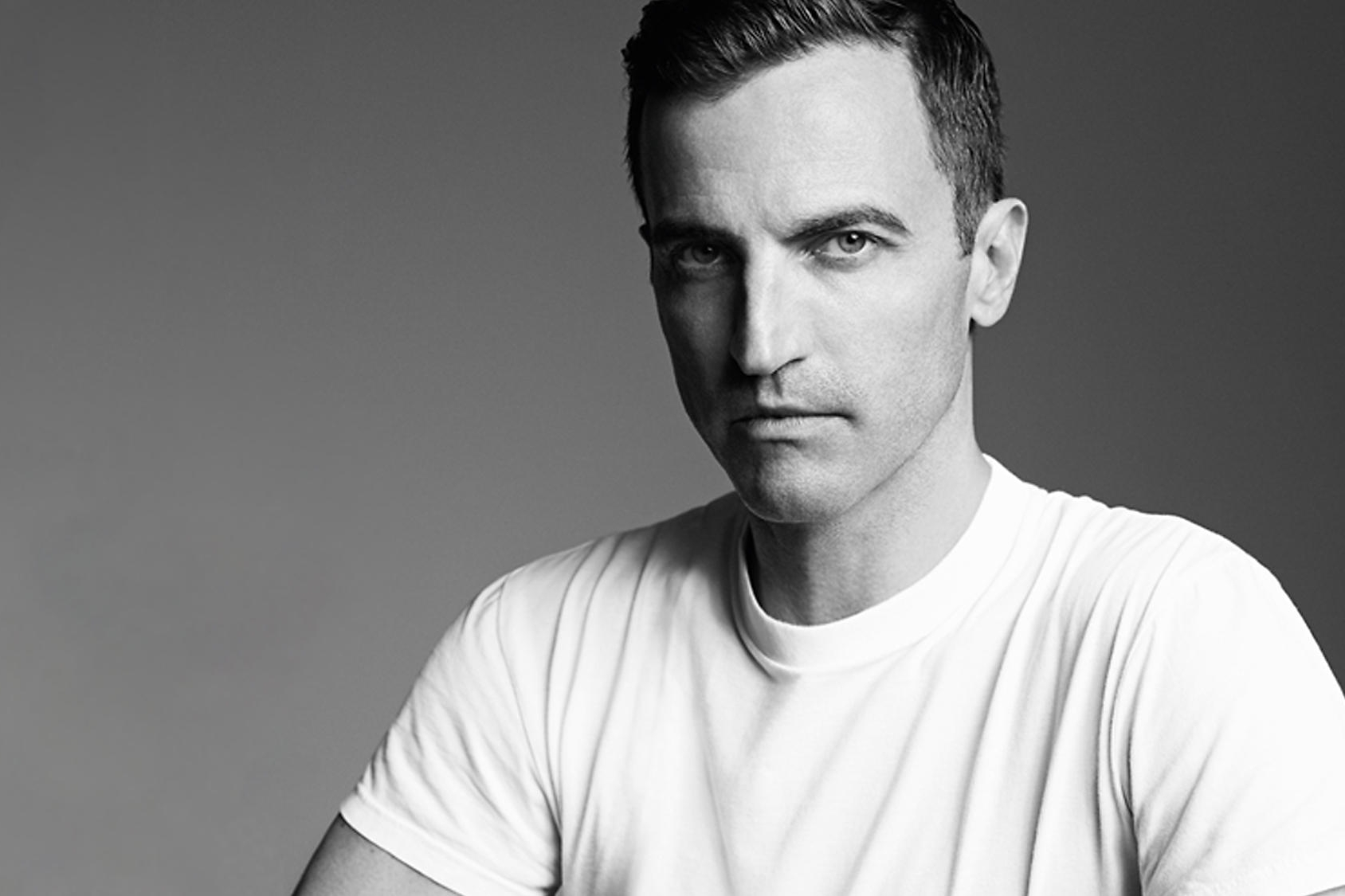LUXE TREND 33
DESIGNING LUXURY SERIES: NICOLAS GHESQUIÈRE
Neo-historian / Retro-Futurist?
Through our Designing Luxury series, we profile the designers and makers that are defining the future of luxury products and experiences. The pantheon of early 21st-century fashion and design includes Nicolas Ghesquière, the designer currently shaping Louis Vuitton. Ghesquière is a fashion prodigy who worked for Agnès B. at 14 and for Jean Paul Gaultierat 18, before becoming the Creative Director of Balenciaga. For 15 years at Balenciaga, Ghesquière turned a heritage Couture label into one of the most desirable brands in the world.
Unlike Karl Lagerfeld, who reinterpreted the entire Chanel vocabulary to invent a brand far more powerful than perhaps imagined by its founder, Ghesquière relied primarily on his own vision of the future to bring Balenciaga into the new millennium. In the early 2000s, with fashion increasingly fascinated with neo-glamour and the omnipresence of digital technology, Ghesquière’s Balenciaga collections appeared as if virtually plucked from the future.
Future History
In 2001–2002, the exuberance of the late ‘90s had evaporated and the world was reeling from the effects of 9/11. Alexander McQueen had left Givenchy and was already challenging the fashion status quo by his revolutionary merging of couture with performance art; Galliano was firmly in the height of his reign at Dior, and Tom Ford was about to leave YSL after a controversial tenure.
In that fashion landscape, Ghesquière began changing the trajectory of modern fashion by using a high-tech sculpted silhouette. In 2003 he introduced his surf scuba collection. That collection’s innovative use of neoprene as a luxury fashion material referenced Alaia and designers who began experimenting with the material in the 1980s, and it was an idea that proved to be a pivotal shift for the look of fashion of the next few years.
Throughout the decade, Ghesquière pushed the limits of technique and the manufacturing of luxury ready to wear, introduced cult handbags and accessories that were instantly sought after, and expanded Balenciaga’s perception as one of the most avant-garde brands.
Inspired by his muses Charlotte Gainsbourg, Françoise Hardy and Kristen Stewart, Ghesquière devised the new futuristic appearance Balenciaga. In these collections, military cuts from Blade Runner blended with normal blazers and dresses in unique and often mismatched materials and cuts. That was fashion with the appearance of having been brought to the present from the future.
The SS 2007 collection with its robot leggings, became a standout for its use of materials and mixes of draping. In 2008, the floral pannier dresses inspired by Velazquez’s Las Meninas in bold floral prints, made sculpted silhouettes the de facto style. These dresses were seasons ahead of Mary Katrantzou’s kaleidoscopic prints.
Ghesquière’s final collection for Balenciaga in 2012 referenced Cristobal Balenciaga’s flamenco collection, recreated in a strict monochromatic palette.
The past brought to the future
In 2013, Ghesquière left Balenciaga after a disagreement with Kering, the brand’s owner. Also in 2013, Louis Vuitton announced it was ending its association with Marc Jacobs, its creative director; soon after, Ghesquièrewas hired as creative director of the brand. Louis Vuitton is the cornerstone of LVMH, the most valuable luxury brand in the world. Over the years, Louis Vuitton has built a spectacular culture of design that also includes forays into fine-art sponsorships and the coveted LVMH Prize. It has also transformed Louis Vuitton into a top fashion house.
During his years at Louis Vuitton, Marc Jacobs had turned the brand into one of the hottest names in the fashion world. By designing collections that had broad appeal and by launching strategic creative collaborations, Louis Vuitton built a fan base that made the brand an international phenomenon.
Breaking from Marc Jacobs, and straight from his first collection, Ghesquière continued a tradition of innovation synonymous with the Louis Vuitton style, while simultaneously establishing a new aesthetic rhythm for the house. All collections exhibit Ghesquière’s fascination with digital technology, multi-ethnic mixes, and punk references and have served as a continuum to the designer’s previous creative work.
Under Ghesquière, Louis Vuitton’s Cruise collections have been presented in museums, such as the Miho Museum in Kyoto, and the Niterói Museum in Rio de Janeiro. For the recent Cruise 2018 collection, which is filled with Japanese elements, Miho Museum’s modern architecture — designed by IM Pei — and its magnificent natural setting was the perfect presentation setting.
The collection’s sequined Kabuki prints, Samurai armor silhouettes, and Obi belts-inspired details are examples of Ghesquière methodically bringing the past into the future. They are also proof of how well the designer knows his luxury fashion audience, an audience that constantly craves pieces that are individualistic, artistic and often limited-edition.
The heritage of Louis Vuitton is full of examples of innovation — square top trunks of easy travel, anyone? — and the ready to wear collections display the same exacting attention to detail as the brand’s other products. Ghesquière’s design requires a certain degree of technical expertise that is only available on this level of design.
Aesthetically, Nicolas Ghesquière can be considered the unofficial heir to the fashion philosophy of Miuccia Prada and Rei Kawakubo. His clarity of vision will persistently influence future luxury fashion and lifestyle.






